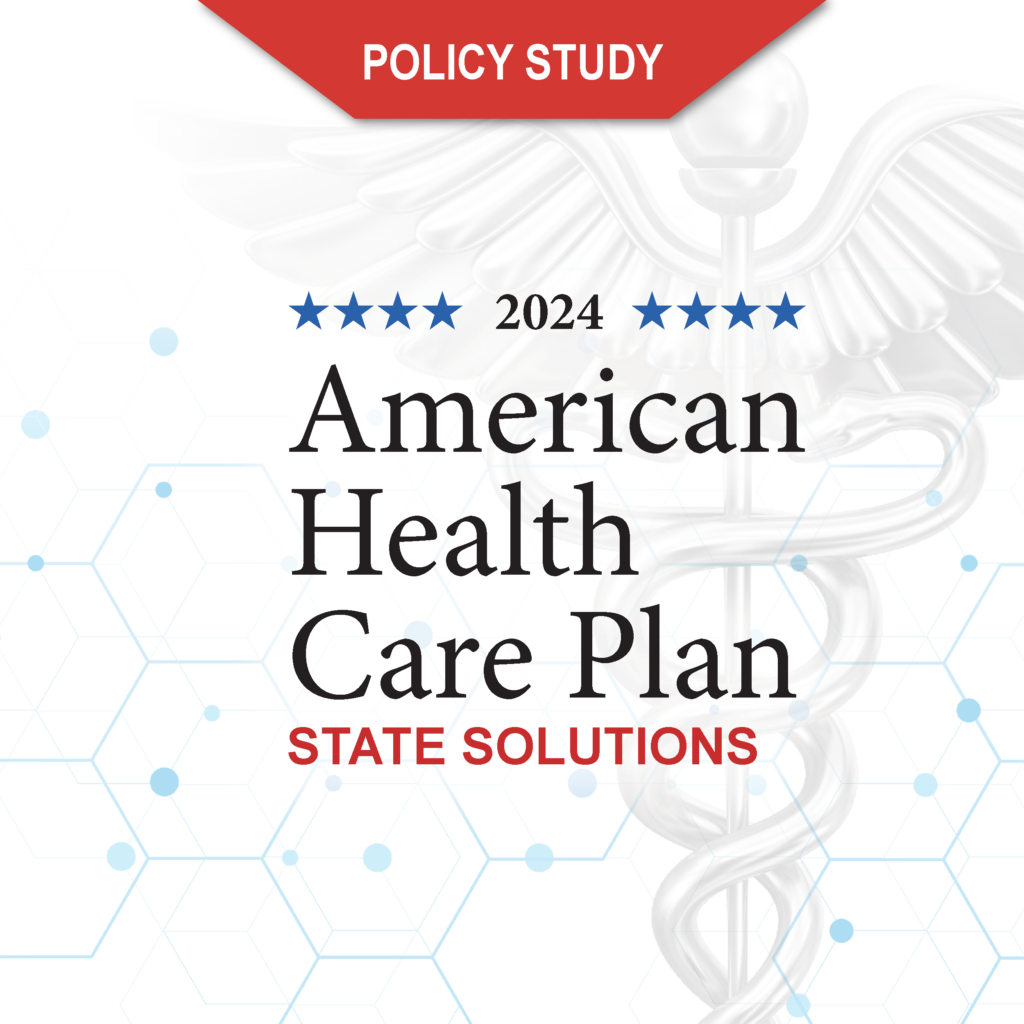Gardasil, the human papillomavirus (HPV) vaccine that several state legislatures are considering mandating girls must receive to attend school, may be more dangerous than consumers have been led to believe, a public-interest group reported in late May.
After obtaining information from the U.S. Food and Drug Administration (FDA) through a Freedom of Information Act request, Washington, DC-based Judicial Watch reported 1,637 adverse events involving Gardasil, including three deaths related to the vaccine.
“As of May 11, 2007, the 1,637 adverse vaccination reactions reported to the FDA via the Vaccine Adverse Event Reporting System (VAERS) included 371 serious reactions,” Judicial Watch reported in a news release. “Of the 42 women who received the vaccine while pregnant, 18 experienced side effects ranging from spontaneous abortion to fetal abnormalities.”
The three deaths were caused by heart problems or blood clots after the patients received Gardasil.
Acceptable Risk?
Last year, the Centers for Disease Control and Prevention’s Advisory Committee on Immunization Practices (ACIP) determined Gardasil could be used in girls as young as nine. The vaccine is recommended for women aged 11 to 26 to prevent HPV, the nation’s most common sexually transmitted disease. According to the CDC, it infects 6.2 million people nationwide every year and leads to approximately 9,700 new cases of cervical cancer each year.
But “the FDA adverse event reports on the HPV vaccine read like a catalog of horrors,” Judicial Watch President Tom Fitton stated in a news release.
Alexandra Stewart, assistant research professor at George Washington University’s Department of Health Policy in the School of Public Health and Health Services, noted all drugs involve some risk.
“It is expected with all medical products or drugs, that some risk must be assumed and that the FDA and ACIP have done their respective jobs in ensuring the best possible outcomes for consumers,” Stewart said. “It is expected that the three deaths will not significantly alter vaccine policy in regard to Gardasil, as an acceptable level of risk has already been considered and factored into the licensing and recommendation decisions.”
Limited Effect
Judicial Watch is not the only group warning against Gardasil. An editorial published in the May 10 New England Journal of Medicine (NEJM) raised questions about the vaccine’s effectiveness. The editorial, written by George F. Sawaya, an associate professor of obstetrics and gynecology at the University of California-San Francisco, and a colleague, said Gardasil is only modestly effective.
“A cautious approach may be warranted in light of important unanswered questions about overall vaccine effectiveness, duration of protection, and adverse effects that may emerge over time,” Sawaya wrote. “HPV vaccination has the potential for profound public health benefit if the most optimistic scenario of effectiveness is realized.”
Another editorial in the same issue, written by Editor-in-Chief Jeffrey M. Drazen and others, highlighted three of Gardasil’s limitations: The two strains of HPV it protects against do not cause all cervical cancer; vaccination must take place before young women are infected with either of those two strains; and “whether this approach will extend the paradigm of vaccination to the prevention of death and disability from cervical cancer is an unanswered question.”
“We must also carefully monitor for unintended adverse consequences of vaccination,” Drazen and his colleagues wrote.
Continuing Research
“It is important to realize that the major studies are ongoing,” Sawaya said. “Once these studies are completed and results reported we would be better able to assess the benefits and harms of vaccination.
“Gardasil may be more protective in women who have never been exposed to HPV, such as virgins,” Sawaya added. “We do not yet know, however, the effect of vaccination on overall precancerous lesions of the cervix. We hope to see these results soon.”
Sanjit Bagchi ([email protected]) writes from India.
For more information …
VAERS Line List Report, http://www.judicialwatch.org/archive/2007/GardasilVAERSDeaths.pdf and http://www.judicialwatch.org/archive/2007/GardasilVAERSReports.pdf.
“HPV Vaccination–More Answers, More Questions,” by George F. Sawaya, M.D. and Karen Smith-McCune, M.D., Ph.D., New England Journal of Medicine, May 10, 2007, http://content.nejm.org/cgi/content/full/356/19/1991



